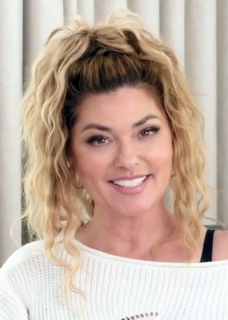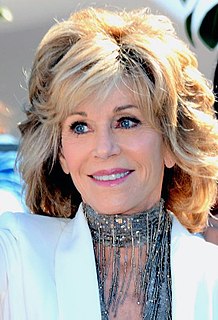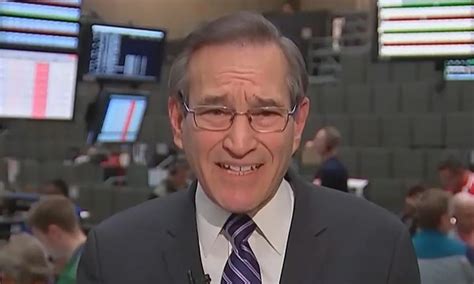Top 25 Soybeans Quotes & Sayings
Explore popular Soybeans quotes.
Last updated on November 25, 2024.
Raising crops to feed animals for human consumption requires a lot of land. It takes eight or nine cows a year to feed one average meat eater; each cow eats one acre of green plants, soybeans and corn per year; so it takes eight or nine acres of plants a year to feed one meat eater, compared with only half an acre to feed one vegetarian.
...if we get the right kind of energy, there are endless amounts. I think we should be developing every kind of alternative fuel that is available to us. That includes hydrogen to soybeans, from solar to wind. Whatever we can find that is going to help us clean up the environment we should be working really hard on developing.
By making marijuana illegal, the agricultural people can't grab hold of it like they did with corn and wheat. So those companies are scrambling around trying to get hold of it, but they can't, because it's a cottage industry, and it will always be a cottage industry. Because the minute the big companies try to make it their own, like they did with soybeans...like Monsanto, they put their own patent on seeds, and you can't do that with marijuana.
The astounding variety of foods on offer in the modern supermarket obscures the fact that the actual number of species in the modern diet is shrinking. For reasons of economics, the food industry prefers to tease its myriad processed offerings from a tiny group of plant species, corn and soybeans chief among them.
Corn is already the most subsidized crop in America, raking in a total of $51 billion in federal handouts between 1995 and 2005 - twice as much as wheat subsidies and four times as much as soybeans. Ethanol itself is propped up by hefty subsidies, including a fifty-one-cent-per-gallon tax allowance for refiners.
American farmers produced 600 more calories per person per day in 2000 than they did in 1980. But some calories got cheaper than others: Since 1980, the price of sweeteners and added fats (most of them derived, respectively, from subsidized corn and subsidized soybeans), dropped 20 percent, while the price of fresh fruits and vegetables increased by 40 percent.
Seven Guidelines For a Healthy Diet
1. Substitute low-fat foods for high-fat foods
2. Cut down on meat-eat low on the food chain
3. Avoid salty and sugary foods
4. Cut down on sugar
5. Emphasize whole grains
6. Beware of alcohol
7. Emphasize the Healthy Five:
Raw unsalted nuts and sesame seeds
Sprouted seeds such as soybeans
Fresh raw wheat bran and wheat germ
Yogurt and kefir
Fresh fruits and vegetables
Look at the Weimar Republic and their hyperinflation in the early '20s. It didn't happen overnight. I've used the analogy, it's a lot like soybeans: you plant 'em, you wait. Conditions take some time. You need some sun; you need some water, but ultimately things start to grow, and are we in that phase or not?





















